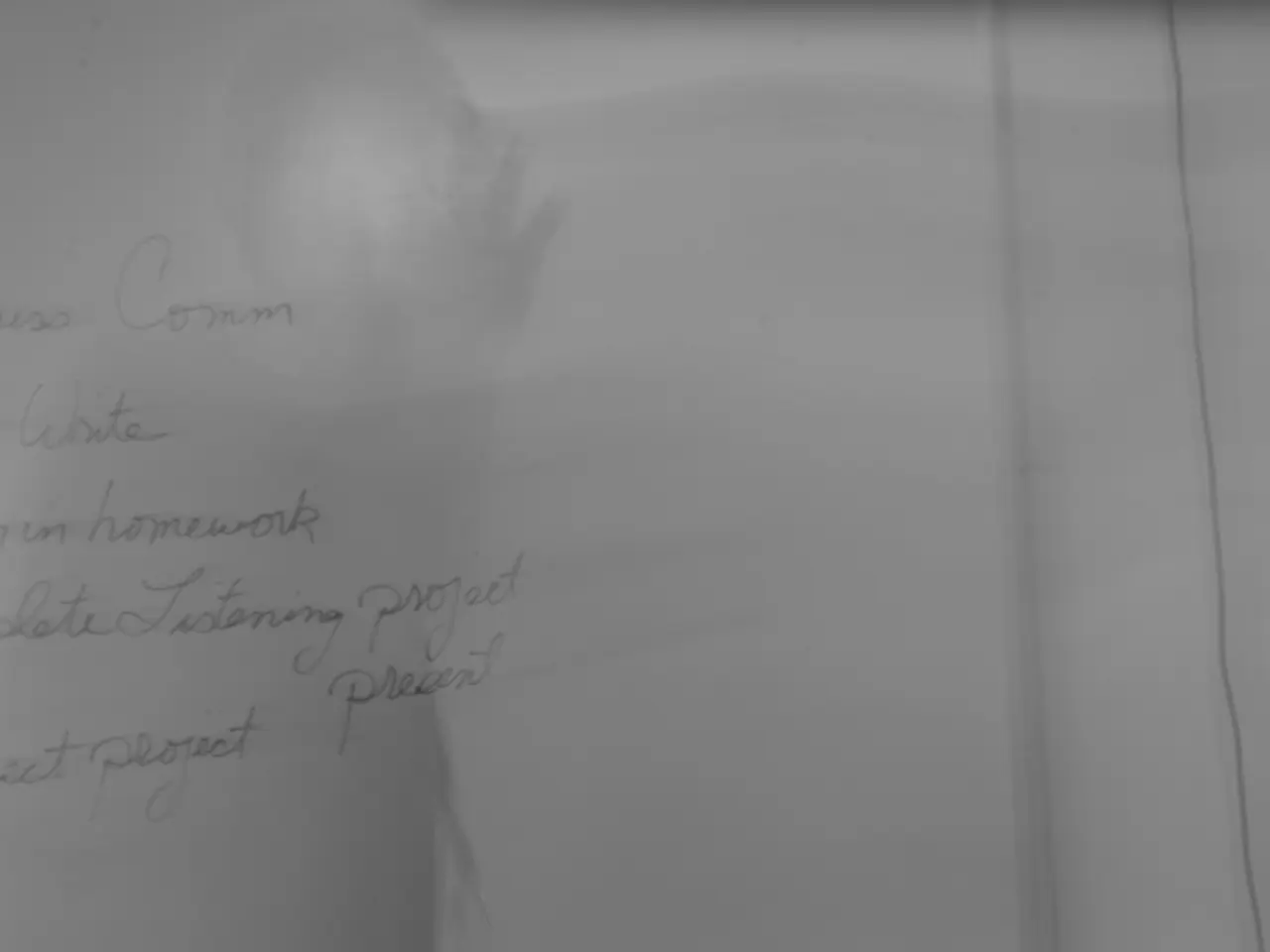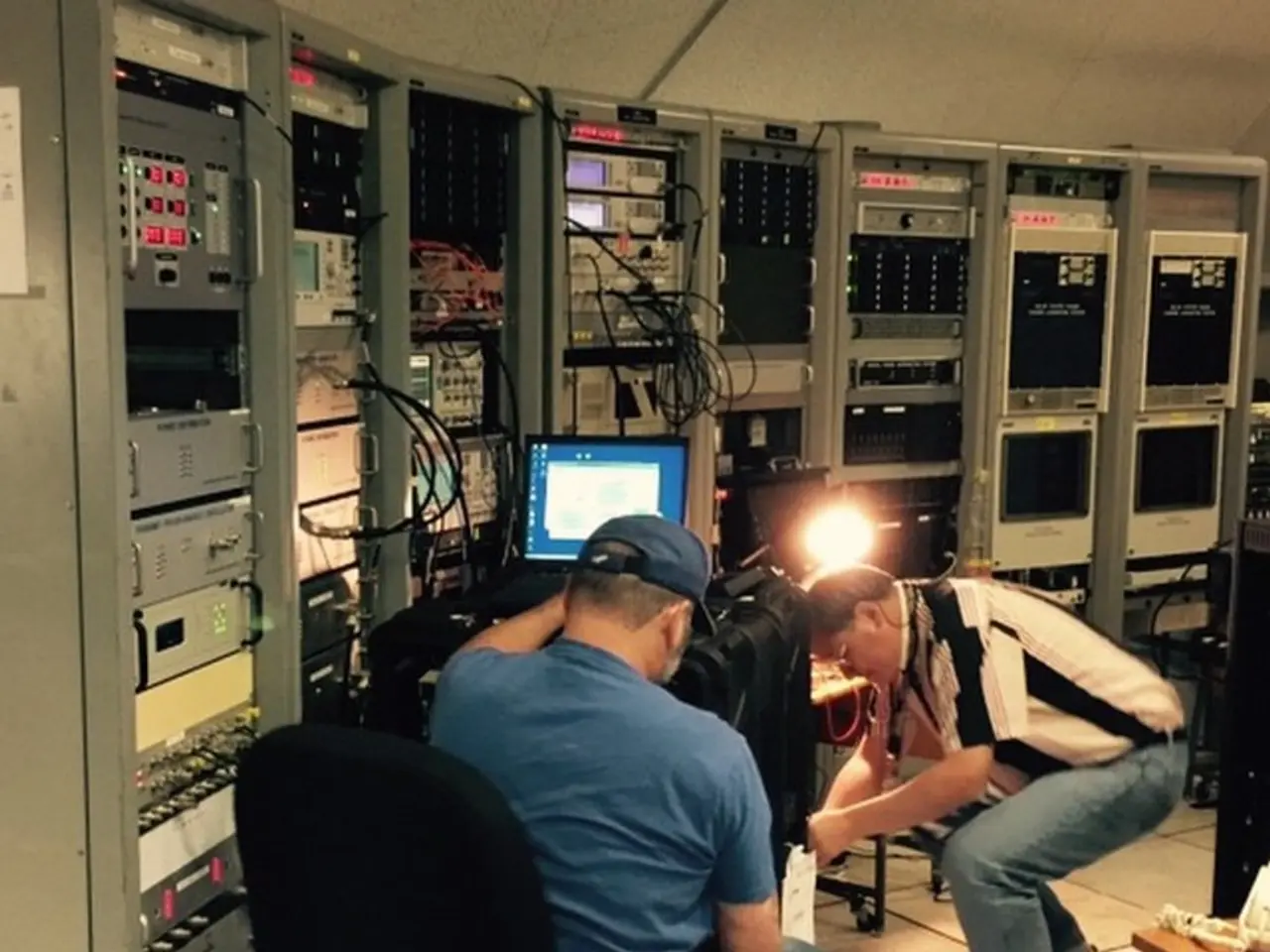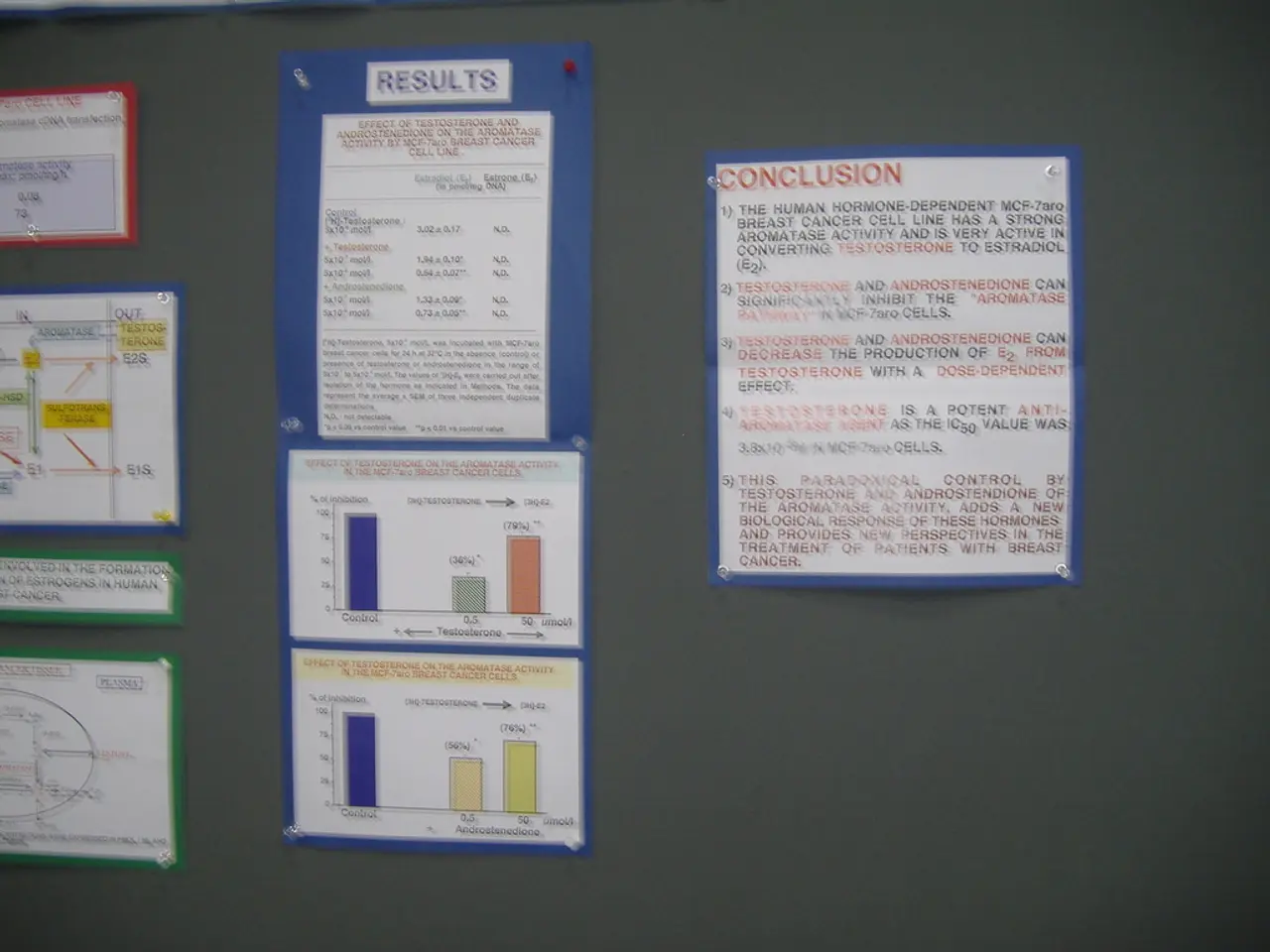Red Flags Indicating High Negativity in Your Social Circle: Recognizing and Dealing with Persistent Pessimists
In the realm of problem-solving, critical thinking plays a pivotal role. It's a process that involves analyzing information, evaluating different perspectives, and making informed decisions or solutions based on a deep understanding of the subject.
The first step in this process is to identify and clarify the problem or issue at hand. This fundamental step is crucial because it enables a clear understanding of the issue’s root cause, sets the focus for analysis, and guides the development of effective solutions.
By identifying the root cause, you address the actual problem rather than its symptoms, enabling targeted research and data collection to gain meaningful insights. Clarifying the problem helps in framing it concisely, which improves communication, supports brainstorming of relevant solutions, and prevents confusion or irrelevant tangents.
A well-defined problem allows systematic analysis, logical reasoning, and objective evaluation, all core to critical thinking. It enhances decision-making by focusing attention on pertinent facts and assumptions, helping avoid biases and logical fallacies. Clarification drives effective communication and collaboration in groups, as everyone can understand the issue clearly and contribute constructively.
The problem identification step acts as the foundation for subsequent critical thinking stages (data gathering, trend analysis, conclusion drawing, reflection), ensuring that each step is relevant and efficient. In sum, the importance lies in making the thinking process more focused, logical, objective, and conducive to developing rational, well-informed solutions.
Taking a step back and analyzing the problem can also help individuals identify their personal biases and work towards mitigating them. Analyzing the problem from multiple perspectives can provide a comprehensive understanding of its complexities.
This process is not limited to professional settings. Critical thinking is useful in everyday life, helping individuals make better decisions in personal matters, such as health-related decisions. Recognizing cognitive biases can help critical thinkers make informed decisions and avoid making decisions based on flawed reasoning.
Applying theories to the problem can provide insights into its complexities. By understanding the problem or question at a macro level, critical thinkers can develop insights and alternative solutions that may challenge their beliefs or assumptions and lead to more advantageous outcomes in everyday life.
In conclusion, the process of identifying and clarifying the problem is essential in the critical thinking process. It sets the stage for a focused, logical, and objective approach to problem-solving, ensuring that decisions are informed, well-reasoned, and effective.
Education and self-development entail learning to identify and clarify problems effectively, as this promotes critical thinking and enhances decision-making. By improving problem identification skills, one can gain a deeper understanding of complex issues, make informed choices, and contribute constructively in groups or personal matters.




